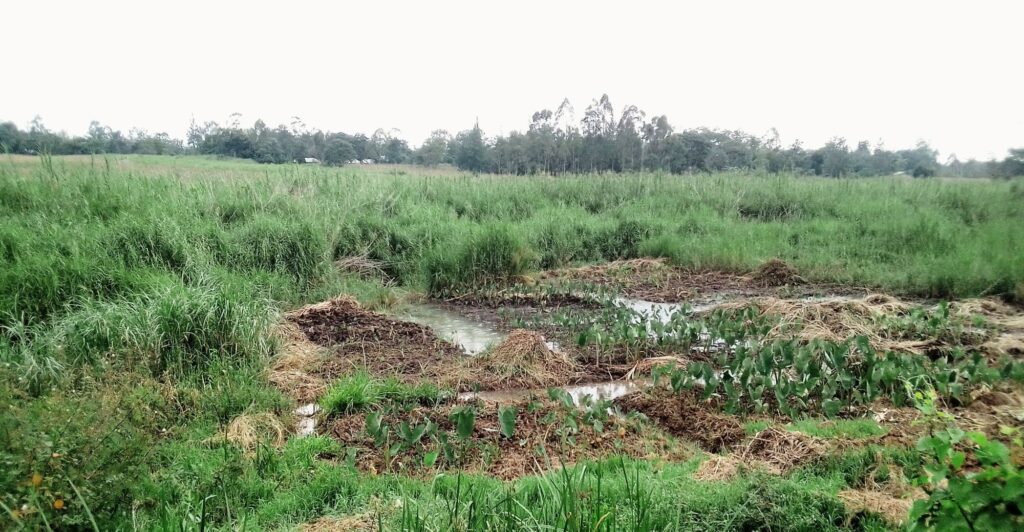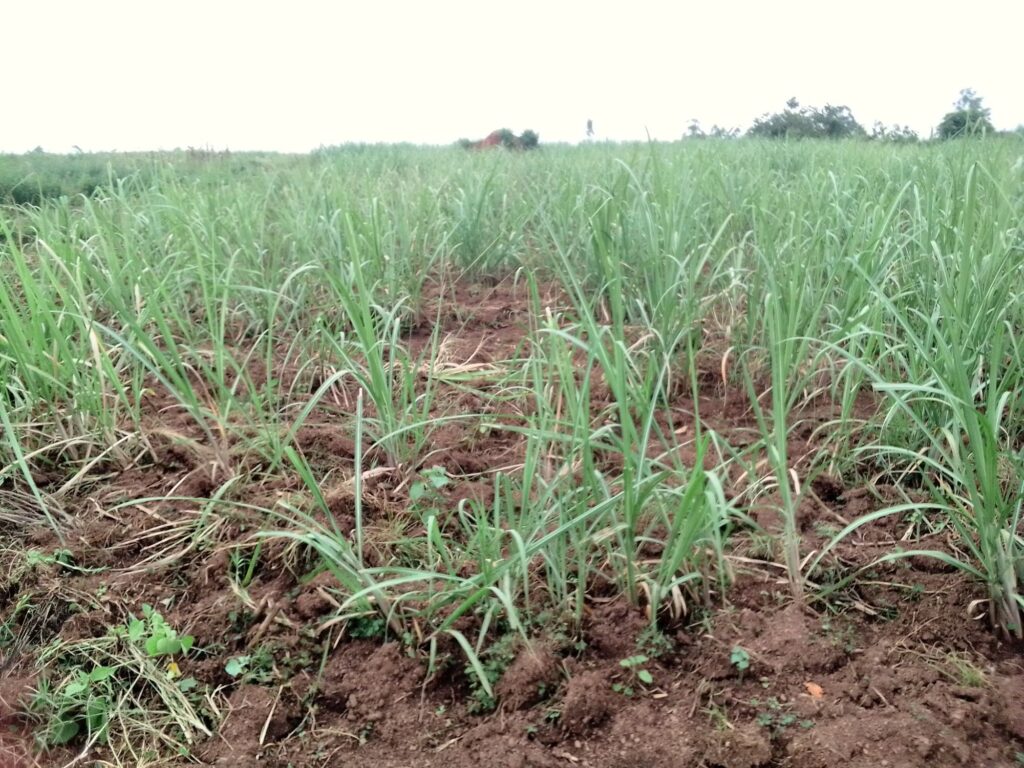
I remember the first time I noticed it—walking along the banks of River Lekekwe, a distributary of River Sio, I was struck by the absence of the familiar papyrus reeds. In their place were neat rows of sugarcane, newly planted in the damp, black soil. At first, I thought it was just one farmer trying something new. But as I visited more riverside communities across Nambale sub-county, it became clear: this was no isolated experiment. More and more farmers were clearing the riverbanks—cutting down reeds and marsh vegetation to plant sugarcane, maize, and other crops.
The rivers most affected by this trend are Sio, Walatsi, and Lekekwe. These waterways have long served as lifelines for our region, providing clean water, supporting biodiversity, and helping regulate our local climate. Now, they are under threat—not only from sand harvesting, which I’ve highlighted in previous posts, but from agricultural encroachment by farmers eager to take advantage of the fertile river soils left behind by seasonal floods.
You can also read: Busia Sand Harvesters Destroying River Sio Ecosystem hy Reeds Matter
Reeds like papyrus are more than just wild plants—they are nature’s engineers. Their dense root systems trap silt, purify water, prevent soil erosion, and provide habitats for countless species, from fish and frogs to birds and insects. They also help stabilize riverbanks and maintain water flow during dry spells.
When these reeds are removed, the rivers become exposed to the full force of wind and water. Soil erosion increases dramatically, muddying once-clear waters and threatening aquatic life. River Lekekwe, for example, once known for its cool, clean flow, is now beginning to lose its clarity—an early warning sign of deeper ecological damage.
Why Reeds Matter
Reeds like papyrus are more than just wild plants—they are nature’s engineers. Their dense root systems trap silt, purify water, prevent soil erosion, and provide habitats for countless species, from fish and frogs to birds and insects. They also help stabilize riverbanks and maintain water flow during dry spells.
When these reeds are removed, the rivers become exposed to the full force of wind and water. Soil erosion increases dramatically, muddying once-clear waters and threatening aquatic life. River Lekekwe, for example, once known for its cool, clean flow, is now beginning to lose its clarity—an early warning sign of deeper ecological damage.

The Problem with Sugarcane on Riverbanks
Sugarcane is a high-yield cash crop, and it’s easy to understand why farmers are turning to it. However, it’s also one of the most water-intensive crops, drawing large amounts of moisture from the soil. It does little to prevent erosion and, when grown near rivers, can accelerate land degradation. The use of fertilizers and pesticides poses another danger—runoff can contaminate the water, further threatening aquatic ecosystems and human health.
Some farmers, to their credit, are planting traditional crops like arrowroots in the marshy areas, which pose less of an environmental risk. But this more sustainable practice is still in the minority.
What Can Be Done?
There is still hope, but action must be swift and collective.
Education and Awareness: Many farmers may not fully understand the long-term consequences of replacing natural vegetation with commercial crops. Community workshops, local radio programs, and school outreach can help bridge this knowledge gap.
Policy and Enforcement: Authorities must enforce regulations on riparian land use. There should be clear buffer zones where farming is restricted, and penalties for encroachment must be upheld.
Incentives for Conservation Farming: The government and NGOs should support farmers through conservation incentives—promoting agroforestry, organic farming, and alternative livelihoods that do not compromise river health.
Community Involvement: Local communities can take the lead in river conservation through clean-up drives, tree planting, and local monitoring. Traditional leaders and church groups can play a powerful role in shaping behavior and spreading the message.
A Call to Action
We cannot afford to wait until it’s too late. Our rivers are not just water bodies—they are our shared heritage, critical to the beauty and sustainability of Busia County. Once lost, ecosystems take decades to recover—if at all.
I call upon county officials, environmental agencies, NGOs, community leaders, and every citizen who calls Busia home to rise to the occasion. Let’s protect our rivers—Sio, Walatsi, Lekekwe, and beyond—so that they can continue to nourish our lands, our people, and our future generations.

Disclosure: This banner contains an affiliate link. I may earn a commission if you purchase through it, at no extra cost to you.
